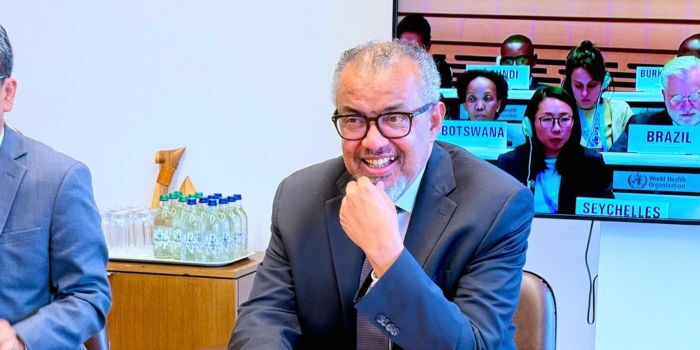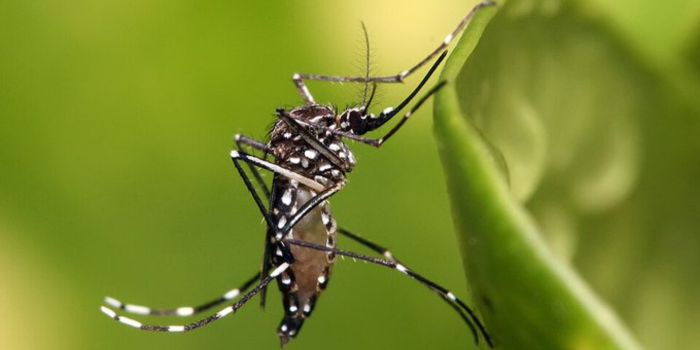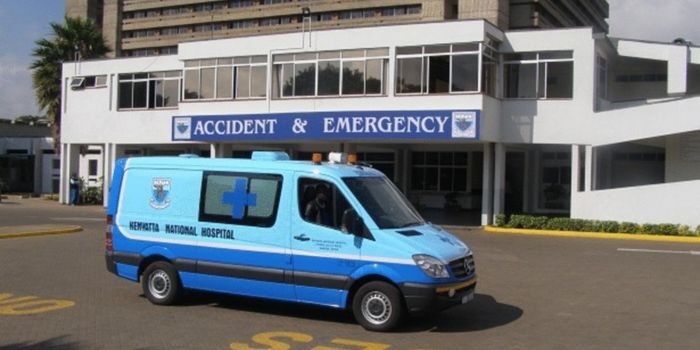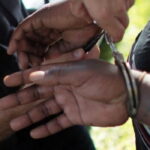A fresh wave of concern is sweeping across the global health community as the World Health Organisation (WHO) warns about a dangerous virus re-emerging in Africa. Chikungunya, a mosquito-borne disease known for causing severe fever and long-lasting joint pain, has returned with force, this time hitting Kenya’s coastal regions.
Health authorities in Mombasa County have confirmed that the disease is already spreading. Out of 45 samples collected and tested by the Kenya Medical Research Institute (KEMRI), 25 people were found to be infected.
The most affected parts of Mombasa include the densely populated sub-counties of Mvita, Nyali, Likoni, and Kisauni. These areas are now under serious watch as health officials rush to contain the outbreak.
Chikungunya is not a new virus. It was first identified in 1952 in Tanzania. But now, more than 70 years later, it is threatening a return on a much larger scale. According to WHO, nearly 5.6 billion people across 119 countries live in areas that are at risk. This includes not just African nations but also places in Asia, Europe, and beyond.
📰 Also Read This:
The current outbreak began earlier in 2025 in several Indian Ocean islands, such as La Reunion, Mayotte, and Mauritius. These are the same islands that were at the heart of a devastating chikungunya epidemic two decades ago. That past epidemic affected nearly half a million people and eventually spread far beyond its point of origin.
Now, WHO says it sees disturbing signs of history repeating itself. Diana Rojas Alvarez, a medical officer at the organisation, said the current outbreak mirrors the same pattern seen in 2004 and 2005. Back then, the world was caught off guard. Today, the organisation is sounding the alarm early, hoping to avoid another global crisis.
In Kenya, the confirmation of the virus has raised major concern. The hot and humid climate of coastal regions provides the perfect environment for the mosquitoes that transmit the virus.
Unlike the malaria-transmitting mosquitoes that bite at night, the ones responsible for chikungunya prefer to strike during the day. These mosquitoes, Aedes aegypti and Aedes albopictus, are aggressive daytime biters that thrive in standing water and urban environments.
For many infected people, the disease begins with high fever and intense joint pain. These symptoms usually appear about four to eight days after being bitten. But unlike many other viral illnesses, the pain caused by chikungunya can linger for weeks, months, or even years. In some cases, the pain never fully disappears, leaving victims with long-term disabilities.
Other symptoms include muscle aches, fatigue, headache, skin rashes, nausea, and swelling in the joints. In most cases, the disease is self-limiting, meaning it can clear up on its own.
But for babies, the elderly, and those with pre-existing medical conditions, chikungunya can be extremely dangerous. Organ damage and death are possible when the body cannot manage the effects of the infection.
There is no vaccine and no specific cure for chikungunya. The best doctors can offer are treatments to manage the symptoms. The WHO recommends the use of paracetamol or acetaminophen to reduce fever and relieve pain. Proper rest and staying well-hydrated also play a key role in recovery.
In areas like Mombasa, where the virus has been confirmed, residents are being encouraged to take immediate preventive steps.
Wearing long-sleeved clothing, closing windows and doors, using repellents, and removing stagnant water from around the home can help reduce exposure to mosquitoes. In homes with elderly people, children, or sick patients who sleep during the day, mosquito nets are highly recommended.
The fear now is that if no action is taken, the virus could quickly spread from Kenya to other countries. With modern travel and trade routes, an infected person or mosquito could carry the virus across borders in a matter of hours. This is why WHO’s alert is being taken so seriously by governments, health ministries, and aid organisations.
Kenya’s Ministry of Health is already working with WHO and KEMRI to monitor and control the outbreak. Public awareness campaigns are being launched to educate people on the symptoms of the disease and how to protect themselves and their families. Medical teams are on the ground in the affected regions to respond quickly to new cases.
Still, there is concern that many people do not fully understand the threat. Because the name chikungunya may sound unfamiliar or unimportant, some residents may ignore early symptoms or delay seeking treatment. Experts say that early diagnosis and care can greatly reduce the long-term impact of the disease.
For Kenya, this outbreak comes at a difficult time. The health system is already stretched thin by other public health challenges. Adding chikungunya to the list raises the risk of overburdening hospitals and clinics, especially in poorer coastal communities.
The international community is also watching closely. WHO’s warning is not only about Kenya, it’s about what could happen next. Just like in 2005, what starts in one part of the world can quickly spiral into a global emergency if not addressed in time.
This is not just a Kenyan problem. It is a shared global responsibility. Every country must take steps to ensure that chikungunya does not gain a foothold. Whether it’s better disease monitoring, mosquito control efforts, or public education, the time to act is now.
As the virus spreads quietly but quickly, WHO’s message is loud and clear: prepare now, or pay the price later.










